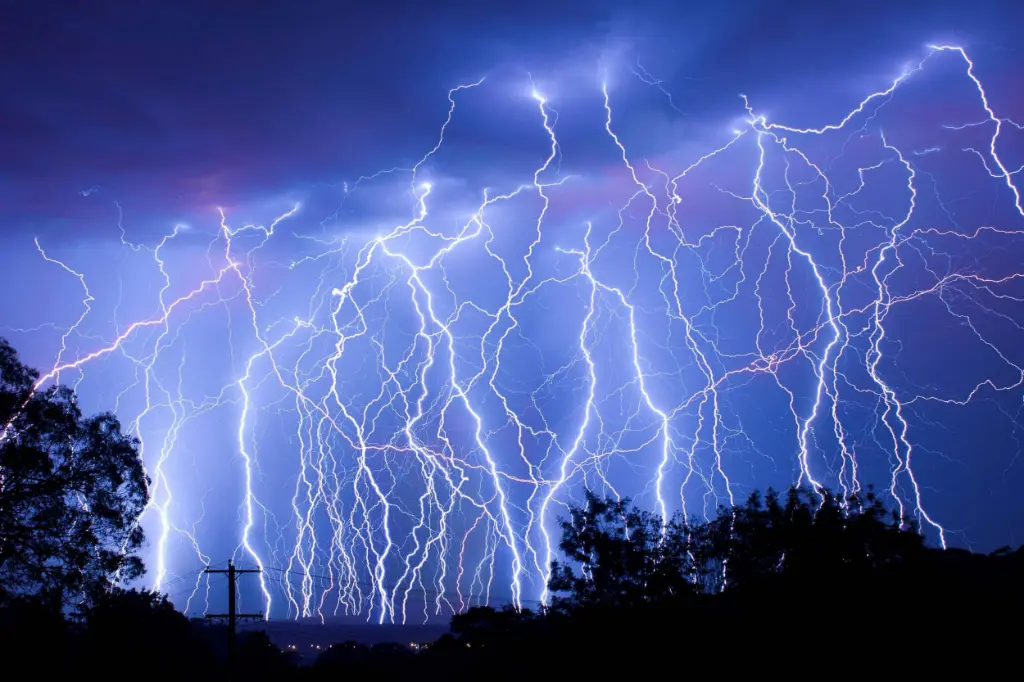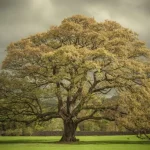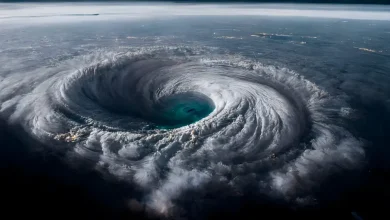Catatumbo Lightning: Witness the Phenomenon

The World’s Most Intense Lightning Storm
The Catatumbo Lightning is one of the most fascinating and unique natural phenomena on Earth. Occurring at the mouth of the Catatumbo River where it flows into Lake Maracaibo in Venezuela, this spectacular light show is unlike anything else on the planet.
Known for producing the highest frequency of lightning strikes in the world, the Catatumbo Lightning has earned its place in the Guinness World Records and continues to baffle scientists and inspire awe in all who witness it.
What Is the Catatumbo Lightning?
The Catatumbo Lightning, also known locally as “Relámpago del Catatumbo”, is a meteorological phenomenon characterized by nearly continuous lightning storms over Lake Maracaibo. These storms occur primarily during the rainy season, typically from April to November, though lightning activity can be seen throughout the year. On average, the lightning strikes happen about 140 to 160 nights a year, for up to 10 hours each night, with more than 28 lightning flashes per minute at its peak.
The storm is so frequent that it has earned the nickname “The Everlasting Storm” and is visible from hundreds of kilometers away. Historically, sailors used the bright lightning to navigate the waters, and it was once referred to as the “Lighthouse of Maracaibo.”
Causes of the Catatumbo Lightning
The exact cause of the Catatumbo Lightning has been the subject of much scientific investigation, though several key factors are believed to contribute to its intensity and consistency.

Topography and Climate
The unique geography of the region plays a major role in generating the lightning. Lake Maracaibo is surrounded by the Andes Mountains, creating a natural basin that traps warm, humid air. This warm air rises from the lake’s surface and interacts with cold air from the mountains, creating intense convection currents. The result is the perfect environment for thunderstorms to form on a regular basis.
 Firefly Synchronization: A Mesmerizing Phenomenon in Biology and Physics
Firefly Synchronization: A Mesmerizing Phenomenon in Biology and Physics
Atmospheric Conditions
The region’s climate, with its high humidity and regular storms, provides abundant moisture and energy for lightning production. Additionally, the warm waters of Lake Maracaibo produce rising air currents, further fueling the development of towering thunderclouds. As these storm clouds form, they create the ideal conditions for lightning: strong updrafts and downdrafts that lead to electrical charges building up in the atmosphere.
Methane Gas Hypothesis
Another theory suggests that the presence of methane gas emitted from oil deposits and swamps in the surrounding region might enhance the lightning activity. Methane is a highly flammable gas, and some scientists believe it could contribute to the electrical conductivity of the atmosphere, making lightning more frequent and intense in this area.
Scientific Significance of Catatumbo Lightning
The Catatumbo Lightning has drawn significant interest from scientists around the world because it is an unparalleled natural laboratory for studying lightning and atmospheric processes. The phenomenon provides valuable insights into:
- Atmospheric electricity: The frequent and powerful lightning in the Catatumbo region allows scientists to study the mechanisms of lightning formation, cloud-to-cloud versus cloud-to-ground strikes, and the distribution of electrical charges in thunderstorms.
- Global lightning patterns: Understanding why the Catatumbo region experiences such high lightning density can help scientists predict and model lightning patterns in other regions of the world.
- Ozone production: Lightning plays a role in the formation of ozone in the atmosphere. While ozone near the Earth’s surface is harmful, high-altitude ozone is crucial for protecting life from the sun’s ultraviolet radiation. Researchers have suggested that the Catatumbo Lightning may contribute to the Earth’s ozone layer, though this remains a subject of ongoing study.
Cultural and Historical Importance
The Catatumbo Lightning holds a special place in Venezuelan culture and history. Indigenous peoples in the region, including the Wayuu and Barí communities, have long regarded the lightning as a powerful force of nature and have incorporated it into their myths and folklore.
The lightning also played a notable role in the War of Independence for Venezuela. In 1823, during a naval battle against Spanish forces in Lake Maracaibo, the brightness of the Catatumbo Lightning helped the Venezuelan patriots navigate and defeat the Spanish fleet, contributing to Venezuela’s independence.
Additionally, the Catatumbo Lightning was a guiding light for sailors in the Caribbean Sea, who used its bright flashes as a natural navigation tool, much like a lighthouse, for centuries.
 How to get rid of ants
How to get rid of ants
Environmental Threats to the Phenomenon
In recent years, there have been concerns that environmental changes could impact the frequency and intensity of the Catatumbo Lightning. Deforestation around Lake Maracaibo and climate change are seen as potential threats to the delicate atmospheric balance that makes the lightning storms possible.
In 2010, for the first time in recorded history, the lightning disappeared for nearly two months, leading to concerns that the phenomenon might be fading. Scientists speculate that this temporary absence may have been caused by drought conditions brought on by the El Niño weather pattern. While the lightning eventually returned, this incident highlighted the vulnerability of the ecosystem to environmental changes.
Viewing the Catatumbo Lightning
For those interested in witnessing this natural wonder, the Catatumbo region has become a popular ecotourism destination. Several tour operators offer trips to see the lightning from various vantage points around Lake Maracaibo. The best time to visit is during the rainy season (May to October), when the lightning activity is at its peak.
Many visitors view the lightning from stilt houses on the lake known as “palafitos,” or from riverboat tours that take them closer to the storm. However, it’s important to note that the region is somewhat remote and not heavily developed for tourism, making it a more adventurous destination for nature enthusiasts.
The Catatumbo Lightning is one of the Earth’s most astonishing natural spectacles, combining the beauty of lightning with the mystery of its persistent and powerful display. Beyond its visual grandeur, the lightning has deep scientific significance, cultural importance, and historical roots in the region.
As research continues to uncover the mechanisms behind the phenomenon, the Catatumbo Lightning remains not only a subject of curiosity but also a symbol of the awe-inspiring forces of nature that exist in our world.
 Balance of Nature
Balance of Nature






